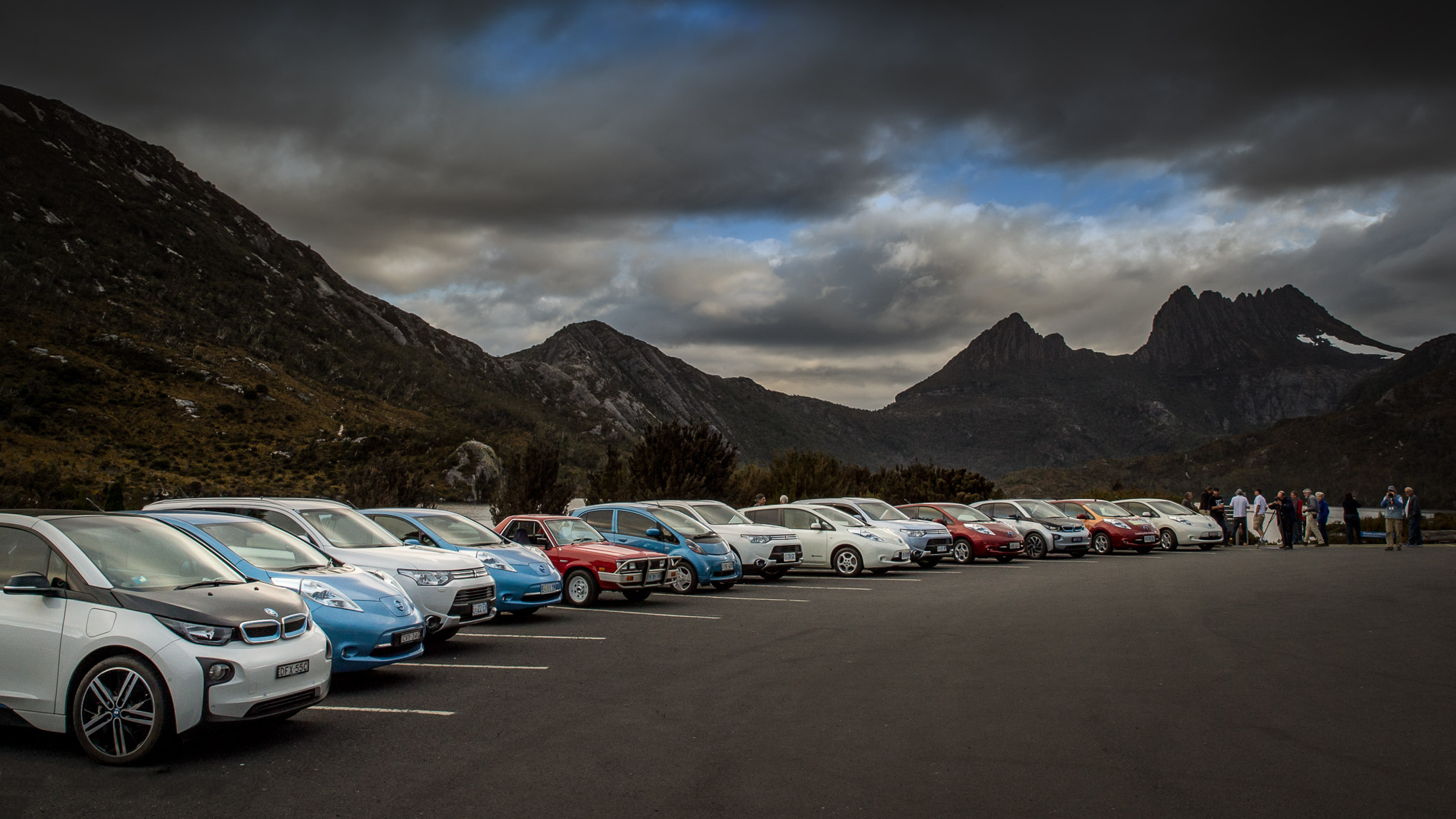Tasmania has around 475,000 registered light vehicles including cars, taxis and light commercial vehicles, which are driven, on average, around 11,000kms each per year. If all of those vehicles were replaced with electric vehicles tomorrow, instead of importing hundreds of millions of liters of petrol and diesel, the state would need around 500 to 1000 GWh of electricity – around 5 to 10% more than what is generated in Tasmania today.
The transition to electric vehicles presents complex challenges for the electricity network. While “behind the meter” charging (solar panels and/ or household storage) is great for owners who can access it, most electric vehicle owners will be plugging in their vehicles when they get home from work – when the grid is already at peak demand. For a household, an electric vehicle will typically increase electricity consumption by 40%. In neighborhoods that have high electric vehicle uptakes, this extra load will particularly stress local electricity distribution infrastructure.
The Australian Renewable Energy Agency (ARENA) has announced funding to undertake a residential electric vehicle managed charging trial with electricity networks in the ACT, Victoria, and with TasNetworks in Tasmania. 170 electric vehicle owners will receive a ‘smart wall charger’ that will be up to three times faster than the regular charger commonly supplied with a new electric vehicle, which will allow electricity networks to dynamically manage when charging occurs. The smart wall charger will be supplied and installed for free.
This trial will allow the owner to plug in their car at the same time they normally would, but the smart wall charger will defer the charging until a time when there is reduced demand on the grid based on a real-time assessment of available network capacity. The project will help inform the market on how EV charging can be managed at higher levels of uptake, with the lowest cost and greatest benefit to consumers.
You can learn more about the project here

